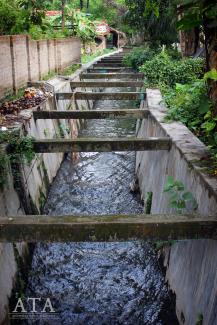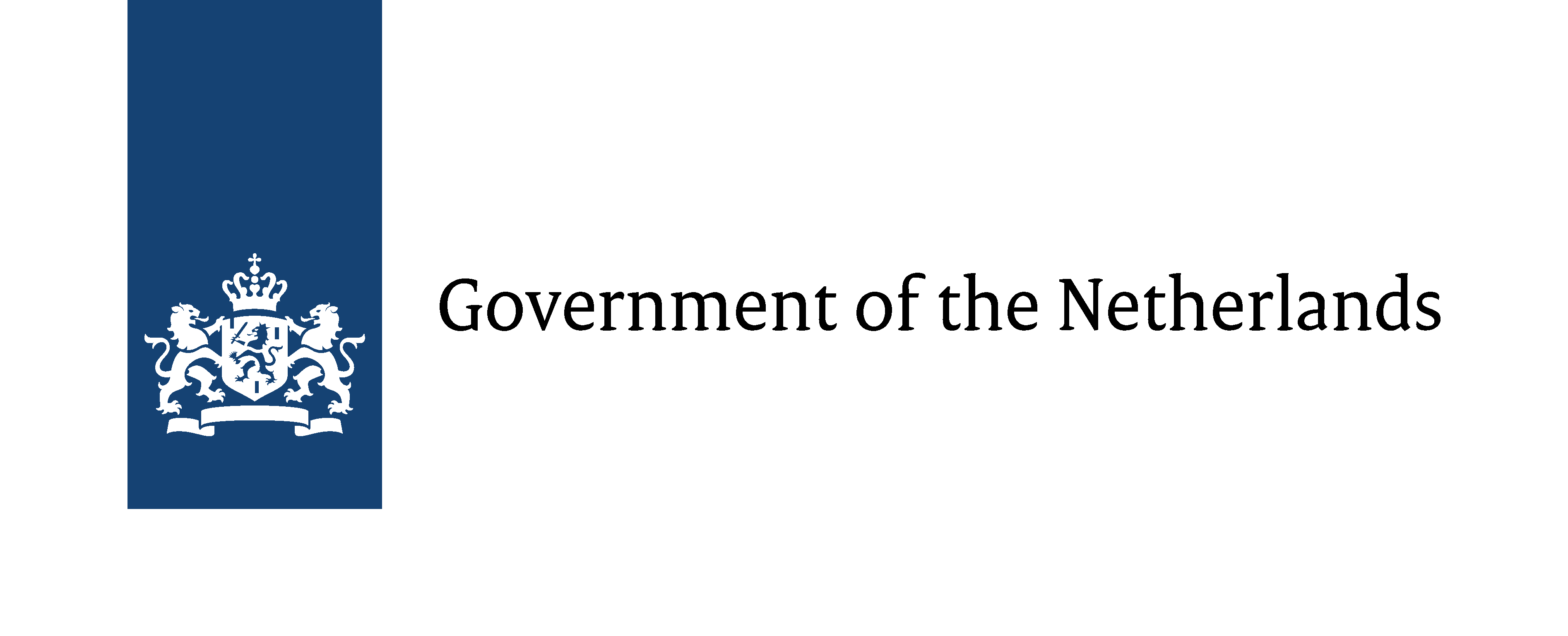
For the successful historical management of the river and coastal waters in the Netherlands, the construction and development of Dutch canals and dams have been crucial. The Netherlands brought this expertise to other countries throughout the world, for example to India.
One of the Dutch settlements was located in Chinsurah, along the busy Hooghly River. As this river was an important waterway for the Dutch, they constructed several infrastructural features along its course, including several water-level markers. Moreover, the Dutch constructed several piers at Chinsurah to serve as jetties for loading and unloading cargo from trade vessels. During high tide, even larger ships could be brought to these jetties. All these facilities made the Bengal river network safer and more usable. Today, several remnants of 17th and 18th century Dutch water engineering are still visible in the Chinsurah landscape. Within the town itself, a Dutch system of drainage canals, dams and dikes can be found. These canals run above and under the ground to the Hooghly River, and some of its waterways are still in use today.
In 2015, a mapping of the Dutch shared heritage legacy in Chinsurah was undertaken by Indian experts, which forms the basis of future heritage development. Water heritage plays a significant part within this project, and illustrates the centuries-old relationship between the Dutch and India with respect to water management.
Project
This cultural mapping project was introduced as a starting point for the integration of urban heritage conservation in the process of urban development in Chinsurah. Water heritage represents one of the most visible elements of this local heritage landscape.

